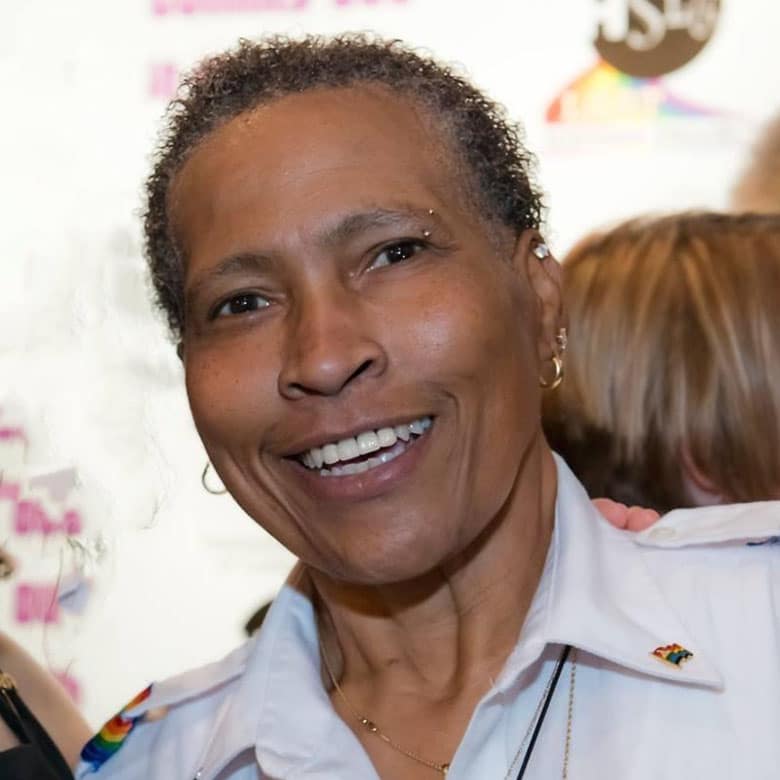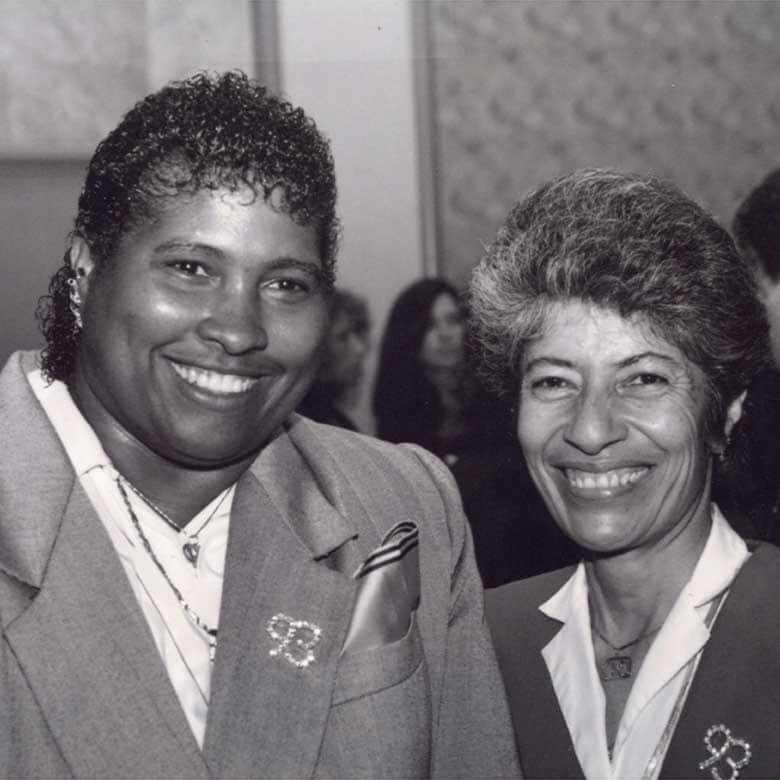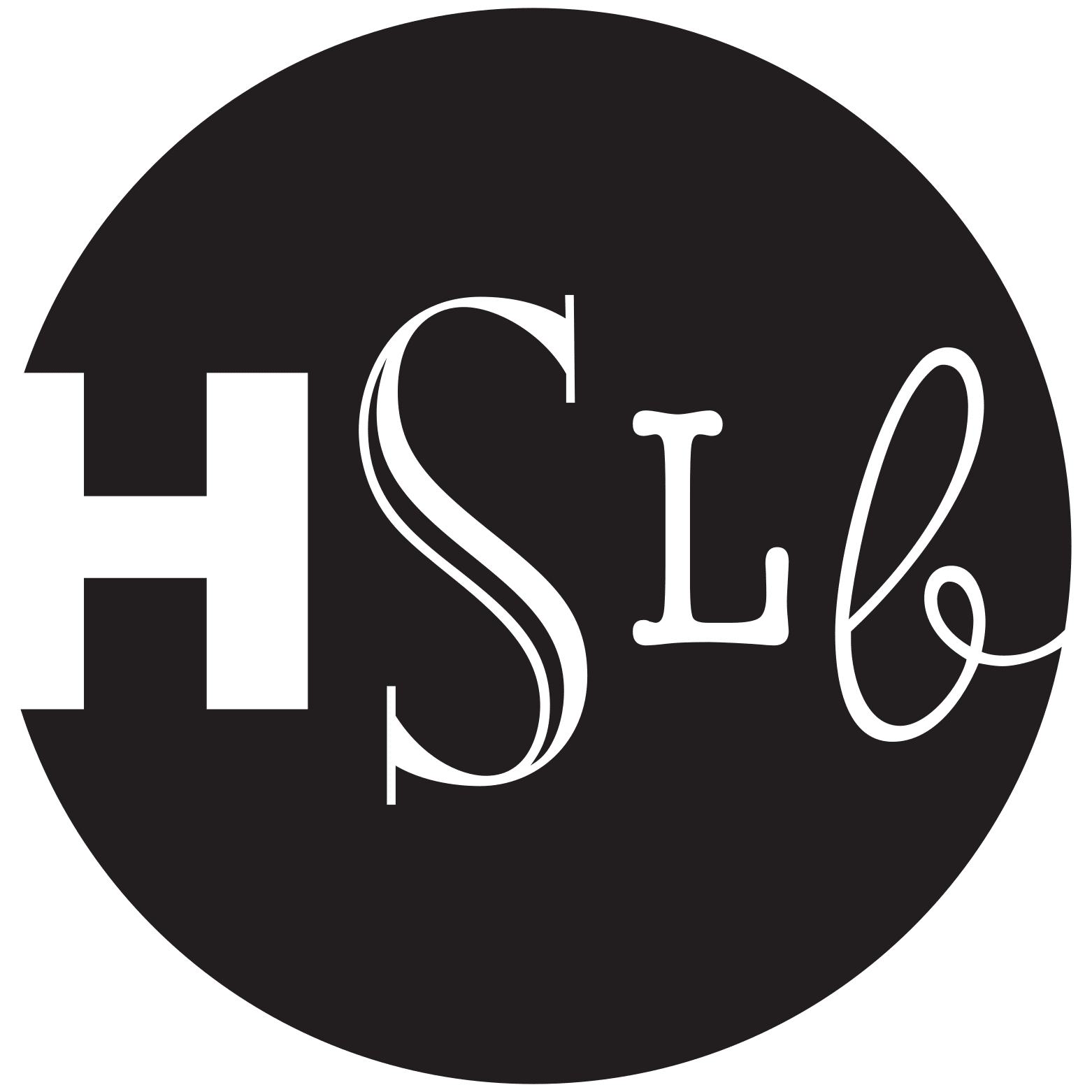
Social Worker, Human Rights Activist, Board Member with Long Beach Lesbian and Gay Pride
In her own words in 2011…
On Southern California Women for Understanding
It was a social group of educated women. They had dances, parties, rap groups. As time went on, I became a facilitator of rap groups because there were issues that needed to be talked about that people didn’t want to talk about. It was all women. It was never involved with men. It was a very discriminating group. It was a lesbian group; it was kind of like NOW, only NOW included men and SCWU said no; we don’t want men involved. I became a leader of SCWU.
On the first Long Beach Gay Lesbian Pride Parade and Festival
For the first five years of Pride, Judi Doyle was our leader. She was the one who was out in front. Things started to change after that. Our men started to die [from AIDS] away. It’s pretty much been women who have led Pride.
We had about 5,000 people for the first Pride Festival. And it rained on our parade. It was scary for all of us. There were threats on Pride’s phone. Our own City Council was not supportive of us. We created “Buster Buttons.” We made buttons with the faces of council members who voted against us, and put a circle with a red slash over them. We wore those proudly our first year.
We had a fight with the City Council. And City Council members weren’t so nice to us. Some of them were nasty. They said things in City Council meetings that just crushed us. There were so many people against us.
We wanted the Parade on Ocean because that’s the street where everything else happened. It’s the opening for the whole community. Some wanted us on Broadway, but we said no. We don’t want to hide in the closet anymore.

The first year of the Pride Parade and Festival it more than met our expectations. We didn’t expect that many people to show up. We were scared. We were afraid that the police, and all of the negativity that people have heard, would keep them away. The Parade came down Pine Avenue that year. When we stood at Pine and Ocean, and watched those 5000 people follow the Parade to the Festival, it was the greatest thing this side of Heaven. It was amazing. And it was only 5000. Now it’s more, and sometimes I don’t even want to see all of those people. But that first year, it was the best in the world. And we didn’t stop and we’re not gonna stop. It was a message to the City: We’re not going away.
Pride Properties & Community Support
During all of this time, Pride purchased property. We found that Being Alive was going to lose its property at Seventh and Lime if they didn’t pay their mortgage. Pride decided to take it over. We bought the property. It belongs to Pride. We rent it for a dollar a year to Serra House to run the AIDS hospice. We have six apartment units behind it. We didn’t know all of this when we bought it. We just didn’t want to lose that property. Pride also purchased property on Seventh and Stanley, but we sold that to buy the old mortuary at Tenth and Obispo. It’s our headquarters and office now. Pride has income from the apartments on the property and we have a place for as many meetings and as large meetings as we need.
One of our hospice houses, Padua House, their back stairway caught on fire. Pride gave them money to fix the stairs. They had to write an application just like any other granting process. But it’s not that extensive. We want to see a budget and we want to be able to see what’s been done with the money. We also do scholarships for high school and college students. And we have a book grant program where we purchase books for students. We grant the money to the school. There’s a list of the grants we give each year in the Pride program.
Long Beach Police Department
Every time I got arrested, the police officers said, “You’re a bad dyke, aren’t you?” I’m in the back seat with handcuffs. And they’re talking crap to me. “You’re a bad dyke, aren’t you?” And I’m saying to myself, Vanessa, shut up. You know you could end up in an alley somewhere, so shut up. That’s what was going on in my head. Every time I’d encounter a police officer, he’d say, “You gonna kick my ass?” And I’d say, “Officer, why would you think such a thing? I grew up in LA. I know what police do.” They’d always try to push me, to give me that extra little push so I’d do something and they could knock me the side of the head.


